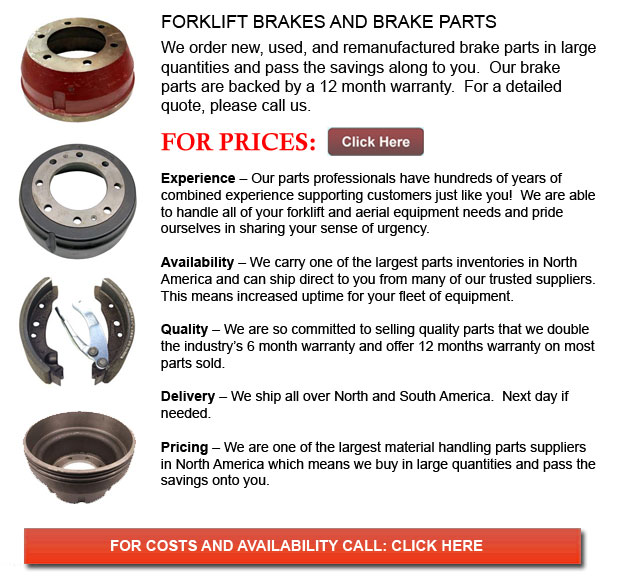
Forklift Brakes - A brake where the friction is provided by a set of brake shoes or brake pads that press against a rotating drum unit known as a brake drum. There are some specific differences among brake drum types. A "brake drum" is normally the explanation given if shoes press on the inner surface of the drum. A "clasp brake" is the term used in order to describe when shoes press next to the outside of the drum. Another kind of brake, called a "band brake" uses a flexible band or belt to wrap all-around the outside of the drum. If the drum is pinched in between two shoes, it could be known as a "pinch brake drum." Similar to a conventional disc brake, these kinds of brakes are rather rare.
Before nineteen ninety five, old brake drums needed consistent adjustment regularly in order to compensate for shoe and drum wear. "Low pedal" or long brake pedal travel is the dangerous end result if adjustments are not executed satisfactorily. The motor vehicle can become dangerous and the brakes could become useless when low pedal is combined along with brake fade.
There are quite a few various Self-Adjusting systems designed for braking presented today. They could be classed into two individual categories, the RAD and RAI. RAI systems are built in systems that help the device recover from overheating. The most well known RAI makers are Bosch, AP, Bendix and Lucas. The most famous RAD systems comprise Volkswagen, VAG, AP, Bendix and Ford recovery systems.
Self-repositioning brakes generally utilize a device which engages just if the vehicle is being stopped from reverse motion. This stopping technique is suitable for use where all wheels utilize brake drums. Nearly all vehicles nowadays use disc brakes on the front wheels. By working only in reverse it is less probable that the brakes would be applied while hot and the brake drums are expanded. If adjusted while hot, "dragging brakes" can occur, which raises fuel intake and accelerates wear. A ratchet mechanism which becomes engaged as the hand brake is set is another way the self adjusting brakes may work. This means is only suitable in applications where rear brake drums are utilized. Whenever the parking or emergency brake actuator lever goes beyond a specific amount of travel, the ratchet improvements an adjuster screw and the brake shoes move toward the drum.
There is a manual adjustment knob situated at the base of the drum. It is usually adjusted via a hole on the opposite side of the wheel and this involves getting underneath the forklift with a flathead screwdriver. It is of utmost importance to be able to move the click wheel properly and tweak each and every wheel equally. If unequal adjustment happens, the vehicle can pull to one side during heavy braking. The most effective way so as to ensure this tedious job is done carefully is to either lift each wheel off the ground and hand spin it while measuring how much force it takes and feeling if the shoes are dragging, or give every\each and every one the exact amount of clicks utilizing the hand and then do a road test.
![]() Click to Download the pdf
Click to Download the pdf
Forklift Parts
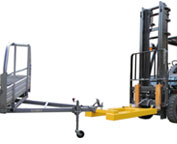
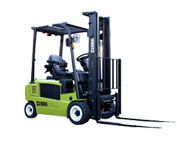
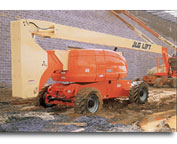
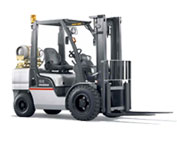
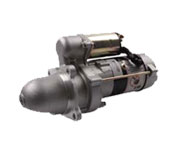
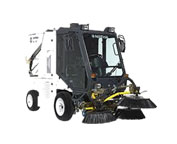
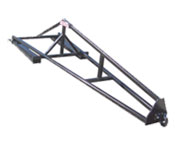
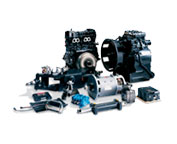
Lift Parts Express
TOLL FREE: 1-888-695-7994
Oklahoma City, Oklahoma
forkliftpartsoklahomacity.com
Email Us
About Us


